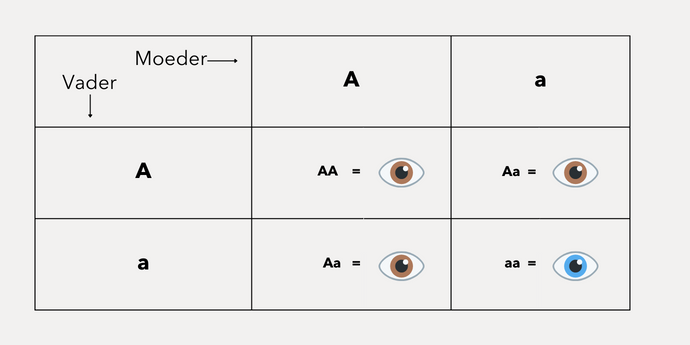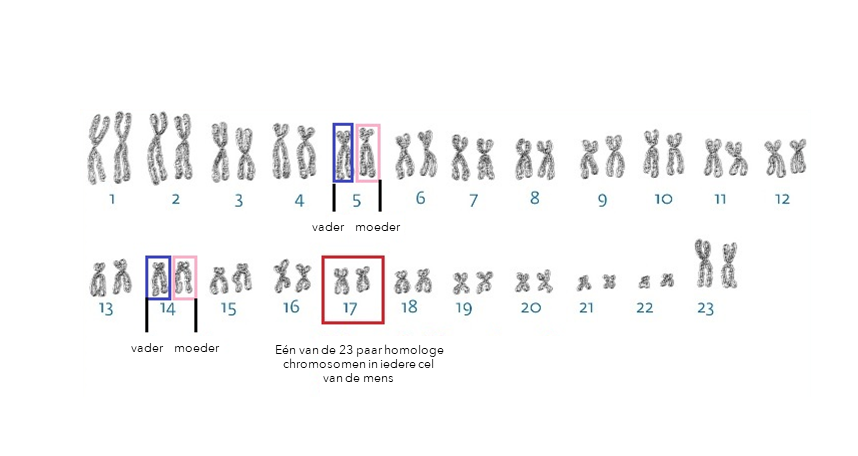DNA and Family
DNA and family are inextricably linked. But how exactly does this work? We would like to explain this to you in this blog.
DNA is genetic heritage.
Genetic information is passed on from generation to generation . DNA can give us insights into the relationships between individuals. We can gain these insights using a DNA test . The best-known test is probably the paternity test. This is used to determine the biological father of a child with some certainty.
Other tests can tell us about family ties that you may not know about and can go back generations. You can also determine your ethnic background through your DNA. Because DNA is passed down through many generations, they can see in your DNA in which regions your ancestors lived and where you originally came from .
Read more about the power of DNA in this blog
Why do I have blue eyes and my brother or sister don't?
A biological mother and father each pass on half of their genes to their children. There are two versions of each gene available, which are passed on randomly. This is why siblings have similar but not identical DNA and express different characteristics.
We will use the example of eye colors to illustrate this. In this example, we have brown and blue eyes. Brown is represented by a capital A and brown is dominant. Blue is represented by a lowercase a. Blue is recessive or non-dominant. A recessive trait will only be expressed if the dominant allele is not present.
The mother has brown eyes and the code for the gene for eye colour looks like this: Aa. The father also has brown eyes and therefore genes with the code Aa. Because parents randomly pass on one of these two letters (an A or an a) and there are dominant characteristics, a percentage distribution is created about which eye colour their child would have. We represent this visually in the box below.

A child of these parents has a 75% chance of having brown eyes and a 25% chance of having blue eyes.
And so brothers and sisters with the same parents can have different eye colors. This also applies to other physical characteristics.
X and Y chromosomes
In other words, apart from gender, we can never say for sure what you inherited from your father and what from your mother. Of the 23 pairs of chromosomes, there is 1 pair that determines our gender. Women have XX as the 23rd pair and men XY chromosomes.

From your mother you inherit an X chromosome. From your father you get either an X or a Y. Your father therefore determines your gender, even though this is of course not a conscious process.
Family is similar but not identical. The same goes for your skin and that is exactly why it deserves 100% personalized care. That is exactly what Nomige develops for you - personalized skin care at the highest level by tailoring products to your DNA. Discover the full Nomige routine with DNA-based products below:

